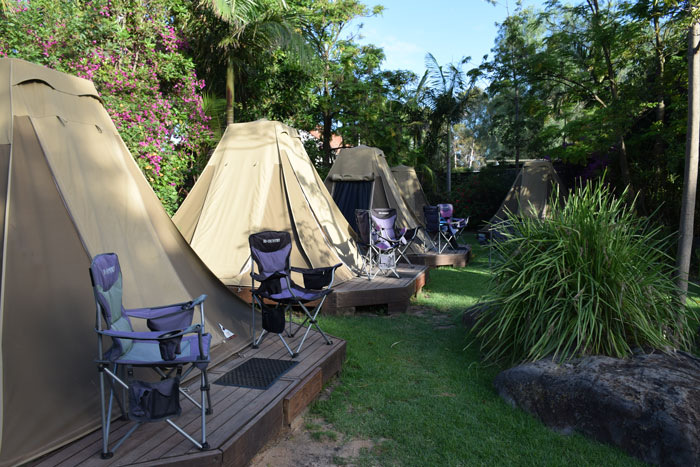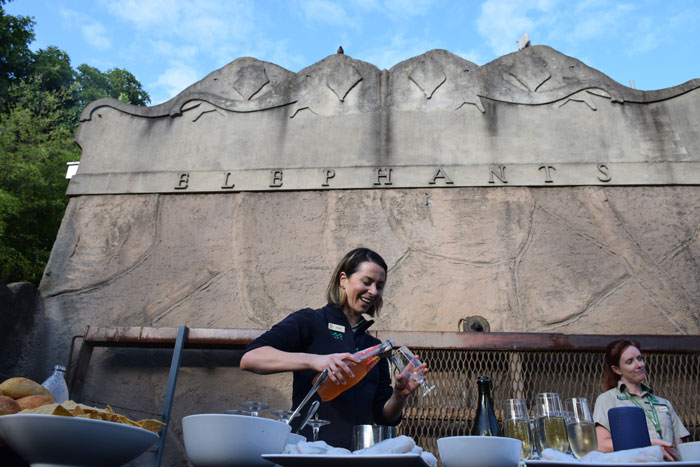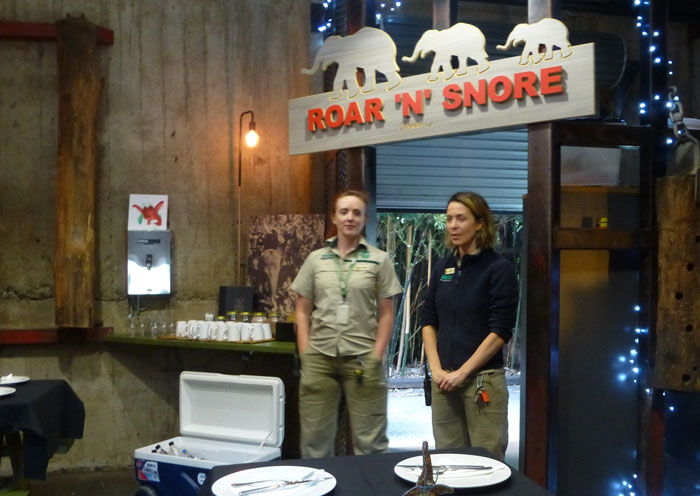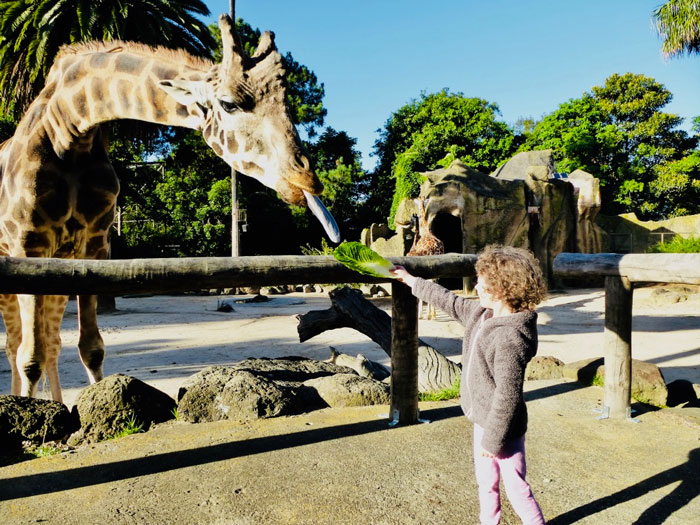This month sees the publication of 75 Must See Places to Take the Kids (before they don’t want to go). You see, while living and writing The Great Australian Bucket List, I was also travelling with my wife and two kids, aged 2 and 5, moving at a frenetic pace that very nearly did all of us in. Family travel, I was learning, is an entirely different beast. But we discovered some truly incredible wonders for all ages, gathered priceless memories, and also learned a thing or two. To celebrate the launch of the new book, here’s some of that hard-fought wisdom for parents of young kids, and the people and family who support them.
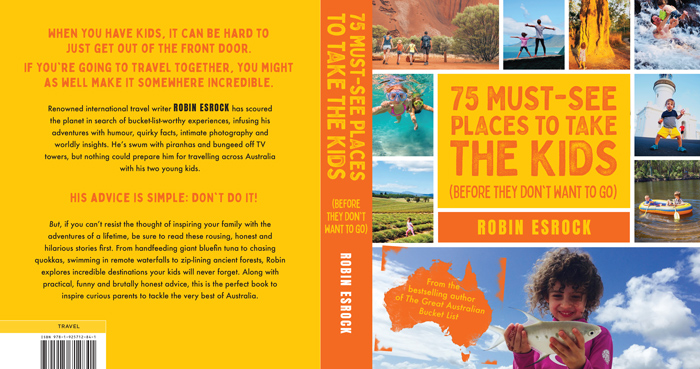
- There Are No Gurus
With due respect, any Mom or Dad who claims to have family travel figured out is delusional, likely fibbing, or paying someone a lot of money to look after their kids. The truth is: young kids do not give a flying crap about your best laid plans and intentions. Rather, they’ll make a crap while you’re flying (probably an explosive one, the kind that just violates a diaper). Children under the age of five are frequently erratic, inefficient, agitated, annoying, moody, and instinctively know how to push your buttons. And this is before you take them on a stressful journey. Of course, you love them more than anything in the world, and there are moments of such tenderness, magic and wonder it makes all other forms of travel – backpacking, honeymooning, grey nomading – pale. But you will work for those moments, and pay for them in blood, sweat, tears and dollars. Don’t let anyone tell you otherwise.
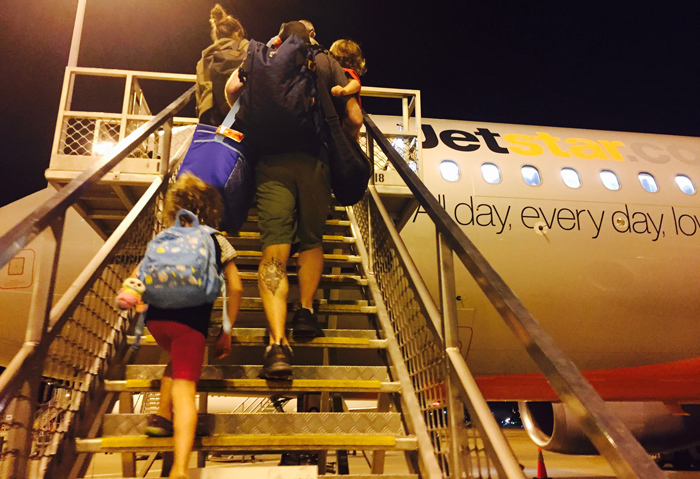
- Flying
If there’s strategy, we tried it. Not letting the kids nap so they’ll sleep on the plane (they didn’t). Letting them nap so they’d be rested (they weren’t). Buying books, loading up devices, crayons for colouring in…the reality is that some flights are terrible, and some flights are not. Overwhelmingly, we found Jetstar’s crew to be sympathetic and helpful. Fellow passengers meanwhile could be broken down into several categories: a) We’ve been there and Thank God we’re not there any more b) How dare you bring your snotty kids on this plane and ruin my flight c) I’m right there with you and we’d chat but my kid is eating the tray that was last wiped down in 1997 …and d) Every cent I invested in these noise cancelling headphones was worth it. Never will time tick more slowly than when you find yourself on a plane with your screaming, inconsolable, jetlagged and overtired infant and toddler. The best thing that can be said for flying is that it eventually ends, you will land in your destination, it beats spending all those hours in a car, and with devices, flying today is very much easier than it used to be.
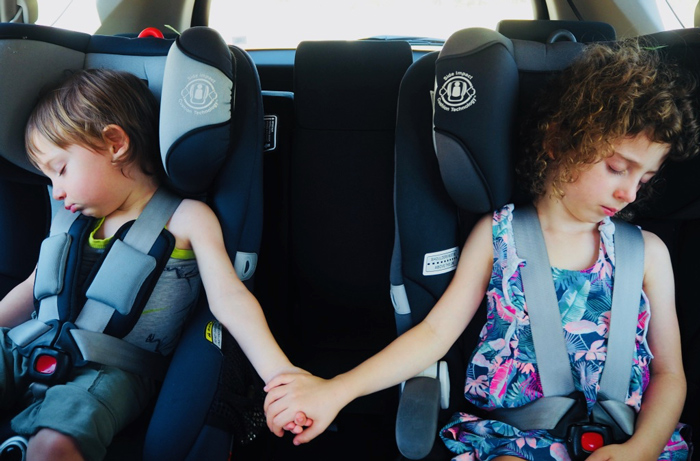
- Driving
We drove almost 20,000 kilometres during our trip, and it definitely helped that we were in a comfortable Ford Everest. With direction from my toddler, I curated a playlist of 100 songs I knew my kids would enjoy, and adults might be able to stomach on endless repeat. We learned that snacks must be instantly accessible, along with wipes, and towels for sudden eruptions of projectile vomit on winding roads (watch for seismic clues like the kids being too quiet, moaning, or turning sepia). Good car seats are essential (we went with Britax) with the advantage of the kids being strapped in. Sometimes strapping them in was an easy process, and sometimes we’d lean in too close to fasten a buckle and get the open-handed slap to the face. Don’t blame the kid, you’re a sitting duck. GPS definitely takes the sting out of getting lost and provides some indication on how long the journey will take, not that this will stop the endless barrage of “Are We There Yet?” Road games help, especially for the older kids. Drugs occasionally help, especially for parents.
- Packing
Before you depart, resign yourself to the fact that you’re going to pack far more than you need. Imagining every conceivable scenario, you simply can’t help yourself. What if it gets unseasonably hot, cold, wet, dry, or buggy? If it does, you can deal with it with a quick visit to the store, mall or market. Our kids outgrew their shoes twice in 10 months. For almost a year, their wardrobe consisted of a small suitcase that seemed to refresh its garments along the way, when the holes and stains and smells overwhelmed the clothing’s usefulness. Even with a limited selection, our five year old would have meltdowns over her fashion choices, with a favourite dress or shirt cast out from one day to the next. Your best bet is to pack a travel uniform of sorts, with the same garment combo in multiples. Good luck with that.
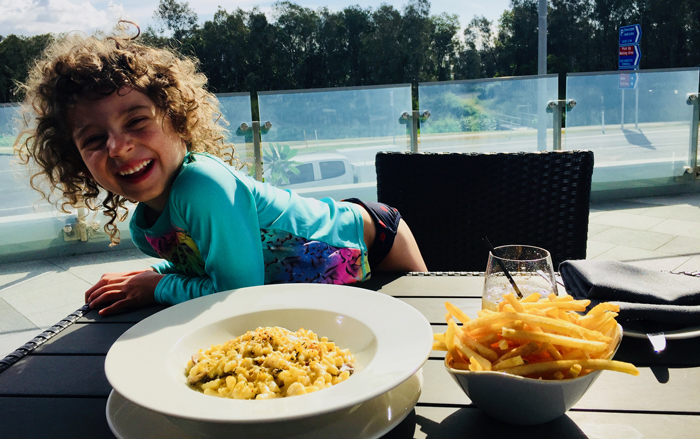
- Eating
The restaurants of Australia seem convinced that the most important food groups for every growing child are chicken nuggets and chips, pizza, mac and cheese, fish and chips, chicken nuggets served with mac and cheese, and pizza served with fish and chips. Basically, all the essential minerals and vitamins one can get. Of course, any time we ordered something that wasn’t from the Kids Menu, the kids would take one bite, and the bill would take a bigger bite. This is why we did a lot of cooking wherever we stayed, which not only saved us money, it also saved our sanity.
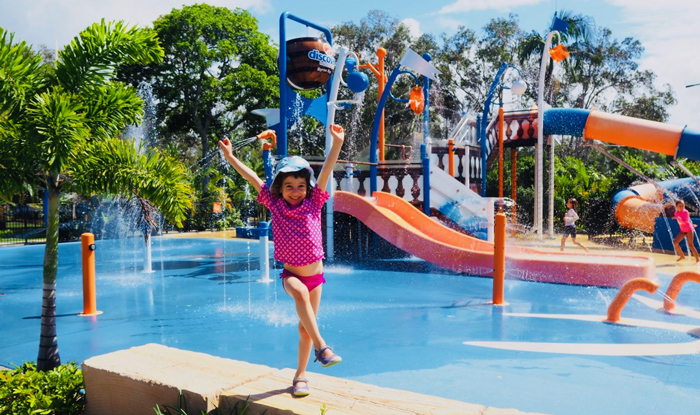
- Accommodation
Self-catering cabins at holiday parks (we had wonderful stays with Discovery Holiday Parks) and two bedroom apartment rentals (we stuck with Oaks Hotels) served us much better than a traditional hotel room. Kids need the space, you need the kitchen, and holiday parks come with jumping pillows, pools, playgrounds, and most importantly, other kids for yours to play with. We used an ultra-light, easy-to-assemble travel crib from Valco Baby which ensured our two year old had consistency. He’s a good sleeper, but our five year-old frequently ended up in our bed, and I frequently ended up in her bed, a sofa, and one time, on the floor in the closet. You do what you got to do. Kids thrive on routine, and travel is all about shaking that routine up. Everyone has to give or take to make it work on the road. By everyone, I refer to parents giving up everything, and the kids taking as much as they can.
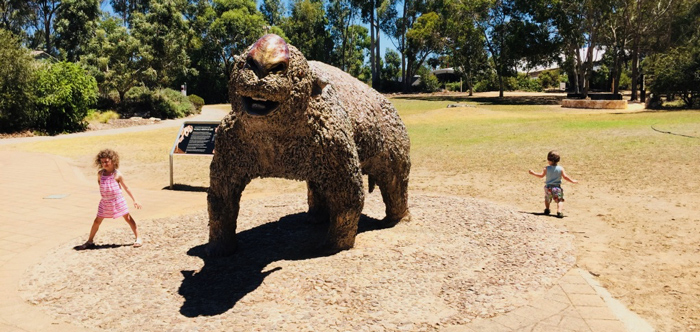
- Activities
I’ve written several “bucket list” books that investigate unique experiences, and I’ve built my career as a writer who chases the extraordinary, a Connoisseur of Fine Experiences. You can visit a beach, wildlife park, waterpark, or museum anywhere, so I had to dig a little deeper for activities that could include my kids. Stuff like standing beneath a snarling lion inside a cage or hand feeding Bluefin tuna in South Australia. Stuff like swimming with baby crocs or in natural jacuzzis (NT), being inside a glass box hanging off a building or panning for gold (VIC), kayaking off Fraser Island or feasting in a shipping container food market (QLD), sailing with dugongs and chasing quokkas (WA), petting stingrays and braving the world’s steepest railcar (NSW) and jumping on modern art and staring down ferocious devils (TAS). Of course, the kids loved the beaches (the Whitsundays, Bondi, Byron Bay), the wildlife parks (Caversham in WA, Cleland in SA, Wildlife Habitat in QLD, the Melbourne Zoo), the museums (Scienceworks and the Melbourne Museum in VIC, Questacon in ACT, the Maritime Museum in Perth) and waterparks (most of the Discovery Holiday Parks we stayed in, the Oaks Oasis). But most of all, they loved ice cream. Because in the end, it didn’t matter what incredible activity or destination we ticked off, the best part was just being together, spending quality time as a family that we’ll always look back on with joy, wonder, and inspiration.
Despite the challenges – the meltdowns, the pukes, the frenetic meals, lack of sleep, intense drives – my family managed to breathe deep, laugh, play, capture memories we might only appreciate later, and celebrate the incredible Australian opportunities that came our way.
You can buy 75 Must-See Places To Take The Kids at Booktopia and Dymocks.

